Cats are fascinating creatures that have been companions to humans for centuries. While they are often stereotyped as aloof and independent, recent studies show that cats can form complex attachment styles similar to humans. Understanding these attachment styles can offer insights into your relationship with your feline friend. In this article, we will explore the different types of attachment styles in cats, how they develop, and what they reveal about your bond with your pet.
Understanding Attachment Styles in Cats
Cats, much like humans, can exhibit various attachment styles. These styles define how they interact with their human companions and other animals. Just as people can be securely or insecurely attached, so too can cats. This understanding is crucial for cat owners who wish to foster a healthy and happy relationship with their pets. A securely attached cat, for instance, may seek comfort and reassurance from its owner, while an insecurely attached cat might display avoidant or anxious behaviors.
The Science Behind Feline Attachment
The study of feline attachment is a growing field, with researchers exploring how early experiences shape a cat’s behavior and emotional responses. Attachment in cats is often assessed through observation of their behavior in different scenarios, such as when they are left alone or reunited with their owner. This research has revealed that a significant percentage of cats form secure attachments, contrary to the common belief that cats are solitary creatures.
Secure Attachment: A Bond of Trust
Cats with a secure attachment style tend to be confident and relaxed when their owners are present. They may follow their owners around the house, purring contentedly or seeking attention through gentle head butts. This behavior indicates a strong bond of trust and affection. Owners of securely attached cats often report feeling a deep connection with their pets, akin to the bond between close friends or family members.
Insecure-Resistant Attachment: The Anxious Cat
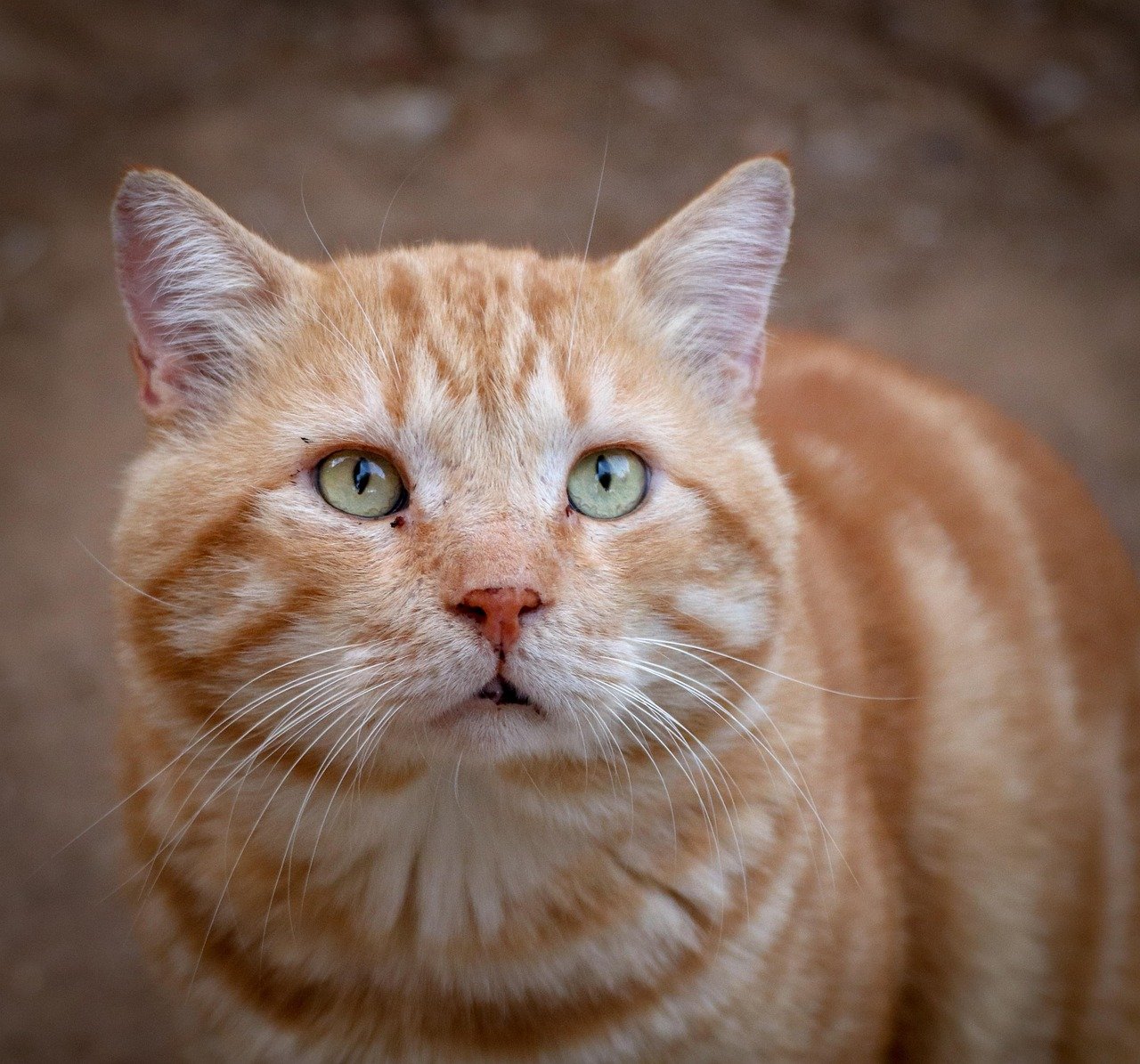
Insecure-resistant cats may appear clingy or overly dependent on their owners. These cats often become distressed when separated from their human companions and may exhibit signs of anxiety, such as excessive meowing or destructive behavior. Understanding this attachment style is crucial for providing the necessary support and reassurance to help these cats feel secure in their environment.
Insecure-Avoidant Attachment: The Independent Feline
Cats with an insecure-avoidant attachment style might seem indifferent to their owner’s presence. They may avoid interaction and prefer to keep their distance. While this behavior is often mistaken for aloofness, it can be a sign that the cat is struggling to form a secure bond. Owners can work on building trust by respecting their cat’s space and offering gentle encouragement for interaction.
Disorganized Attachment: Confusion and Conflict
Disorganized attachment in cats is less common but can manifest as erratic or unpredictable behavior. These cats may show a mix of clingy and avoidant tendencies, leaving their owners puzzled about how to respond. This attachment style often results from inconsistent interactions or traumatic experiences, and addressing it requires patience and understanding.
The Role of Early Experiences
A cat’s early experiences play a significant role in shaping its attachment style. Kittens that receive consistent care and positive interactions are more likely to develop secure attachments. Conversely, those exposed to neglect or trauma may struggle with forming healthy bonds. Understanding the impact of early experiences can help owners provide the best possible environment for their feline companions.
Environmental Factors and Attachment Styles
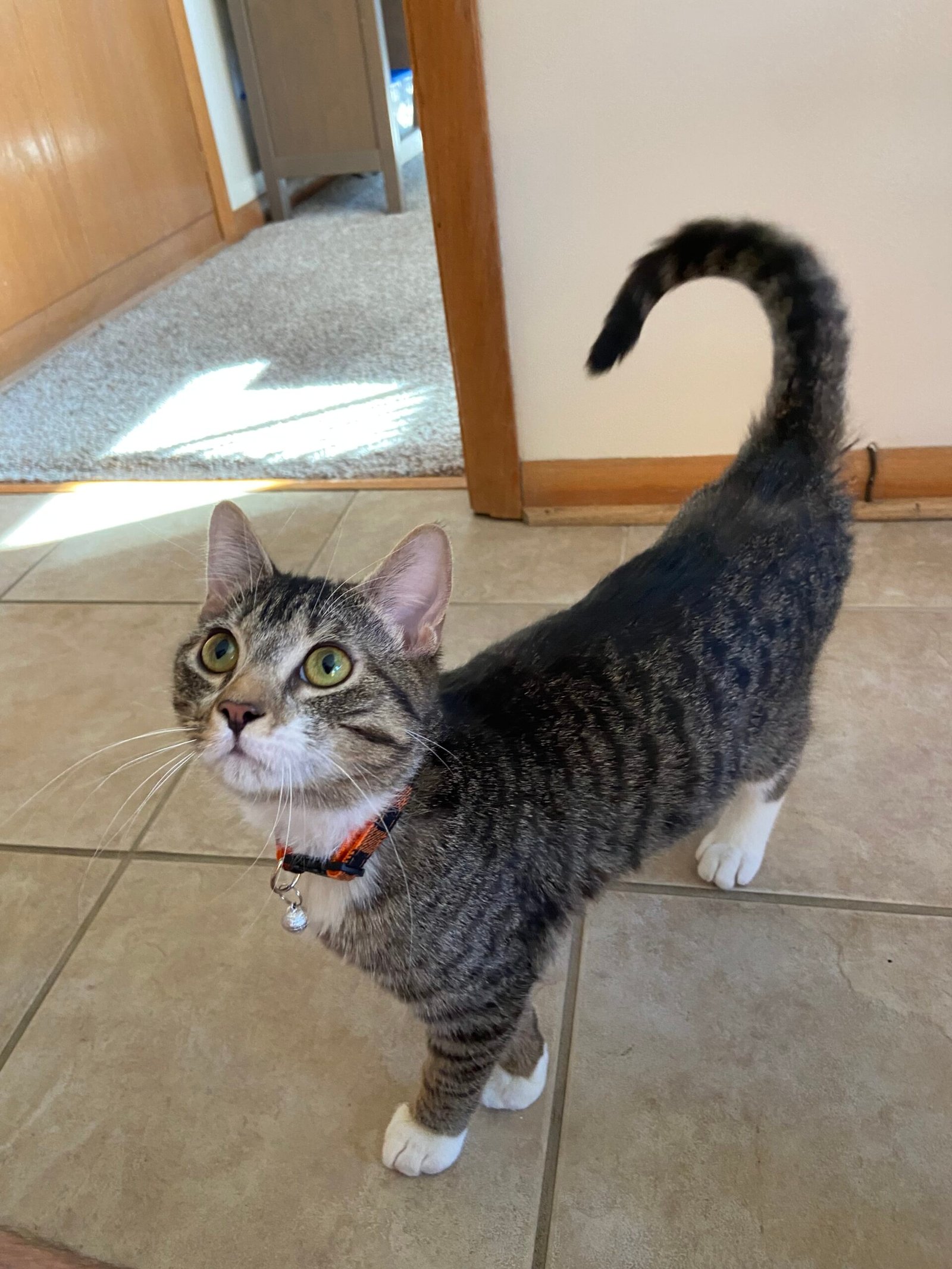
The environment in which a cat is raised can influence its attachment style. A safe and stimulating environment, with opportunities for play and exploration, can promote secure attachments. Owners can enhance their cat’s environment by providing toys, scratching posts, and safe spaces for hiding and resting, all of which contribute to a sense of security and well-being.
The Impact of Human Behavior on Feline Attachment

An owner’s behavior can significantly affect their cat’s attachment style. Consistent and positive interactions, such as gentle petting and playtime, can strengthen the bond between cat and owner. On the other hand, erratic or negative behavior may lead to insecurity or fear. Being mindful of how one’s actions impact a cat’s emotional well-being is essential for fostering a healthy relationship.
Reading Your Cat’s Body Language
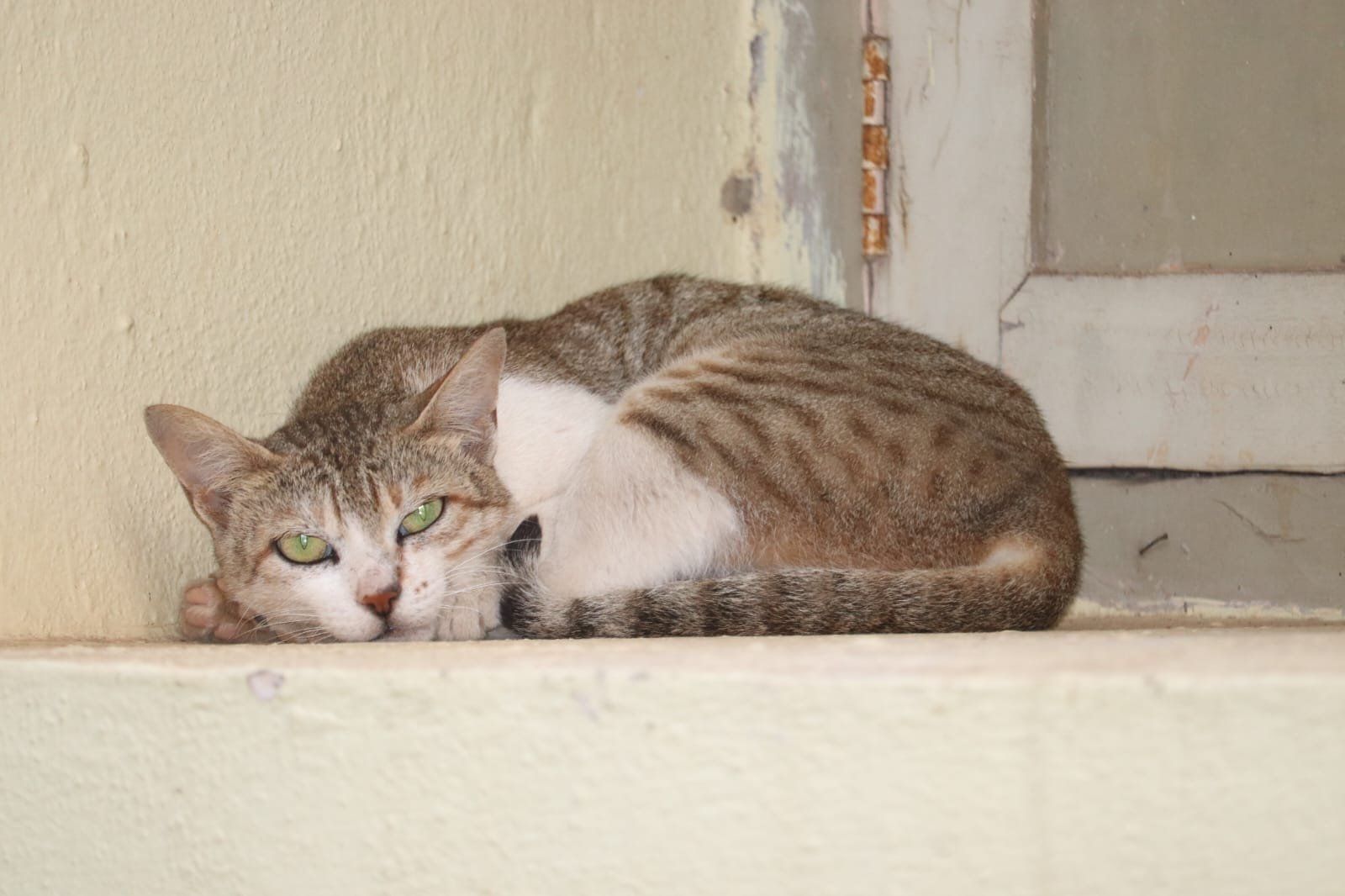
Understanding a cat’s body language is key to deciphering its attachment style. A cat that approaches with an upright tail and relaxed posture is likely expressing affection and trust. Conversely, a cat that retreats or hisses may be signaling discomfort or anxiety. By learning to read these cues, owners can better respond to their cat’s needs and emotions.
Building a Secure Attachment with Your Cat
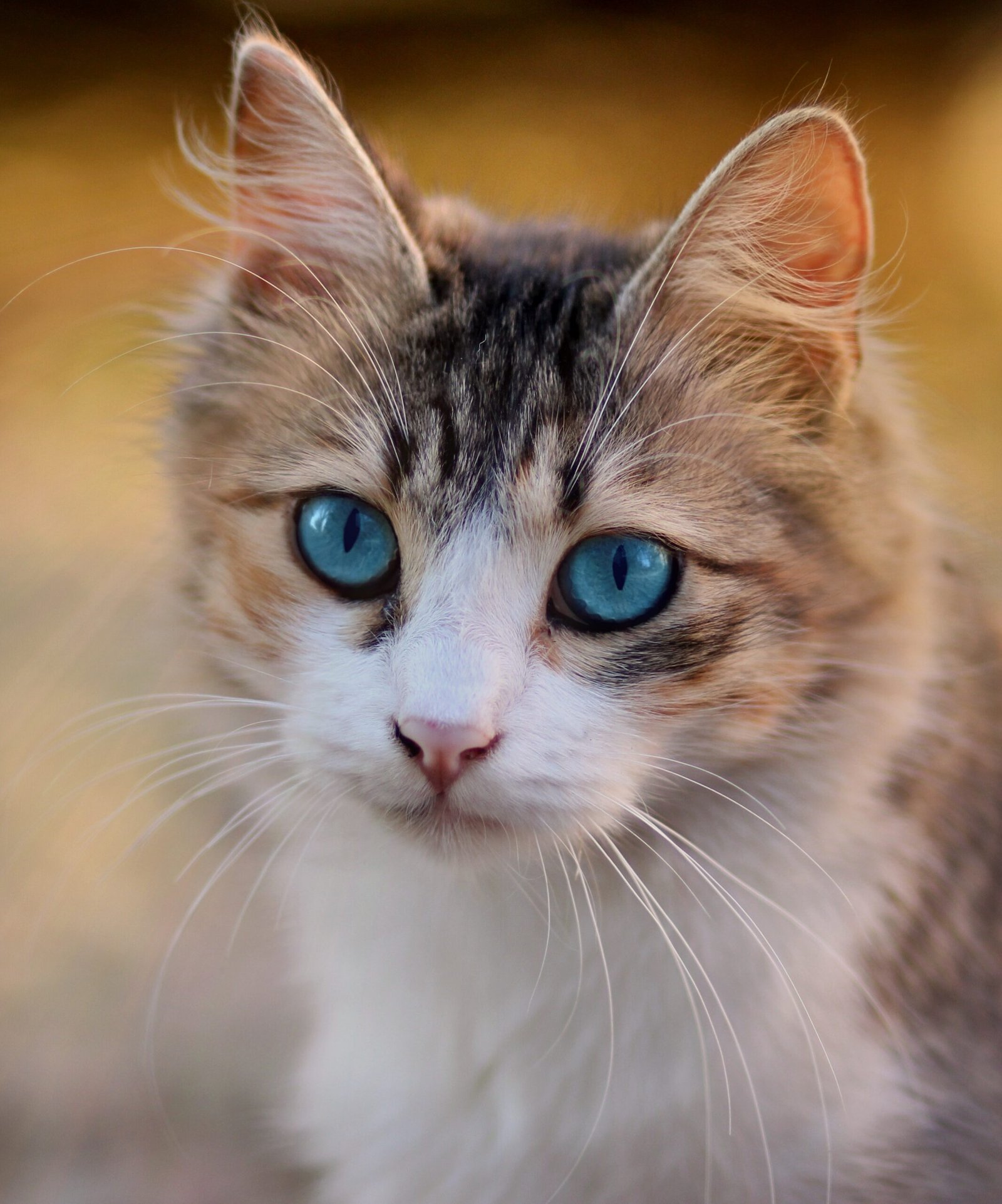
Building a secure attachment with your cat requires time, patience, and consistency. Regular interaction, such as playtime and grooming, can strengthen your bond. Providing a safe and enriching environment also plays a crucial role. By taking the time to understand and meet your cat’s needs, you can foster a deep and lasting connection.
Recognizing and Addressing Insecure Attachments
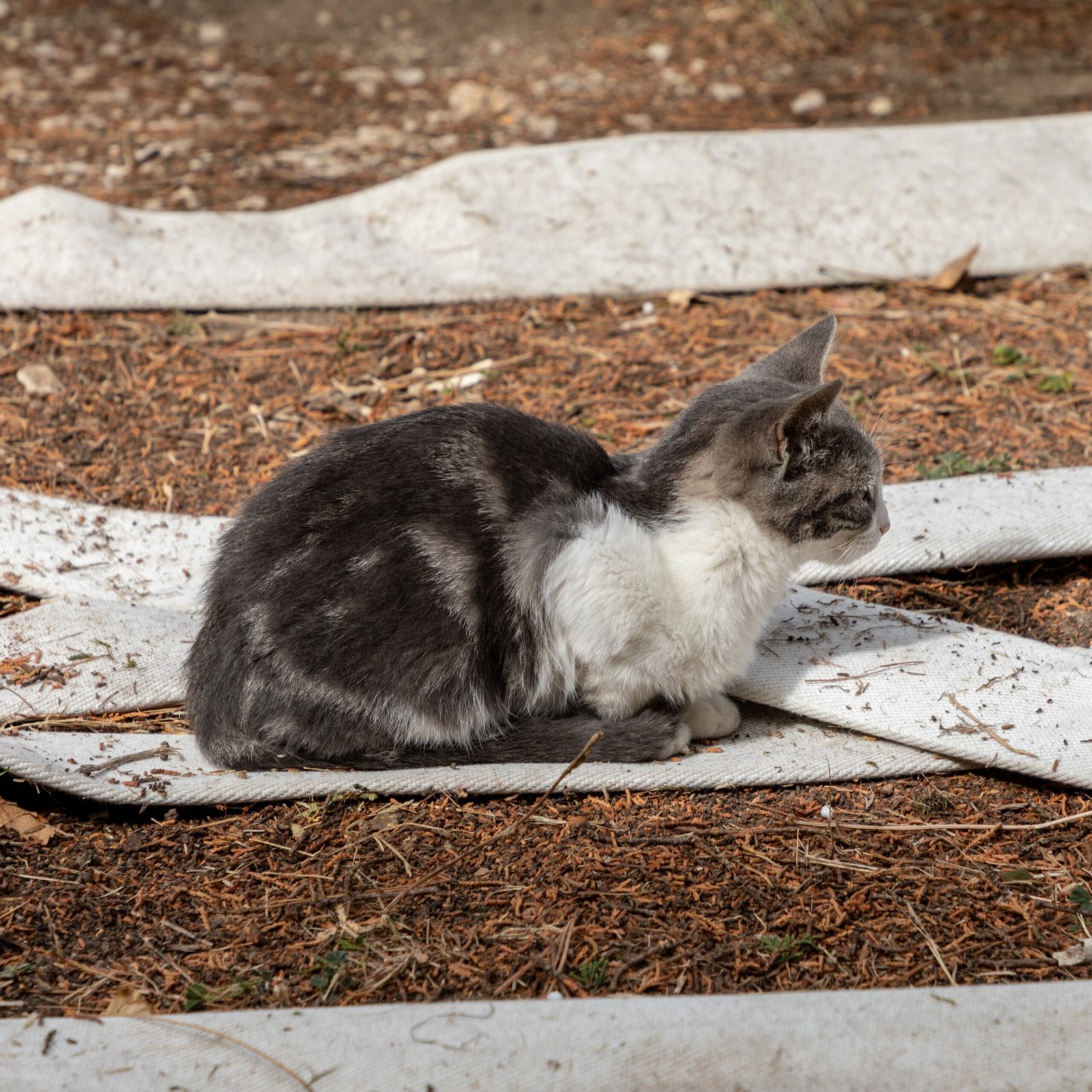
Recognizing signs of insecure attachment is the first step in addressing them. Cats displaying anxious or avoidant behaviors may benefit from a more structured routine and increased positive interactions. Gradually introducing new experiences and stimuli can also help build confidence and security in an insecure cat.
When to Seek Professional Help
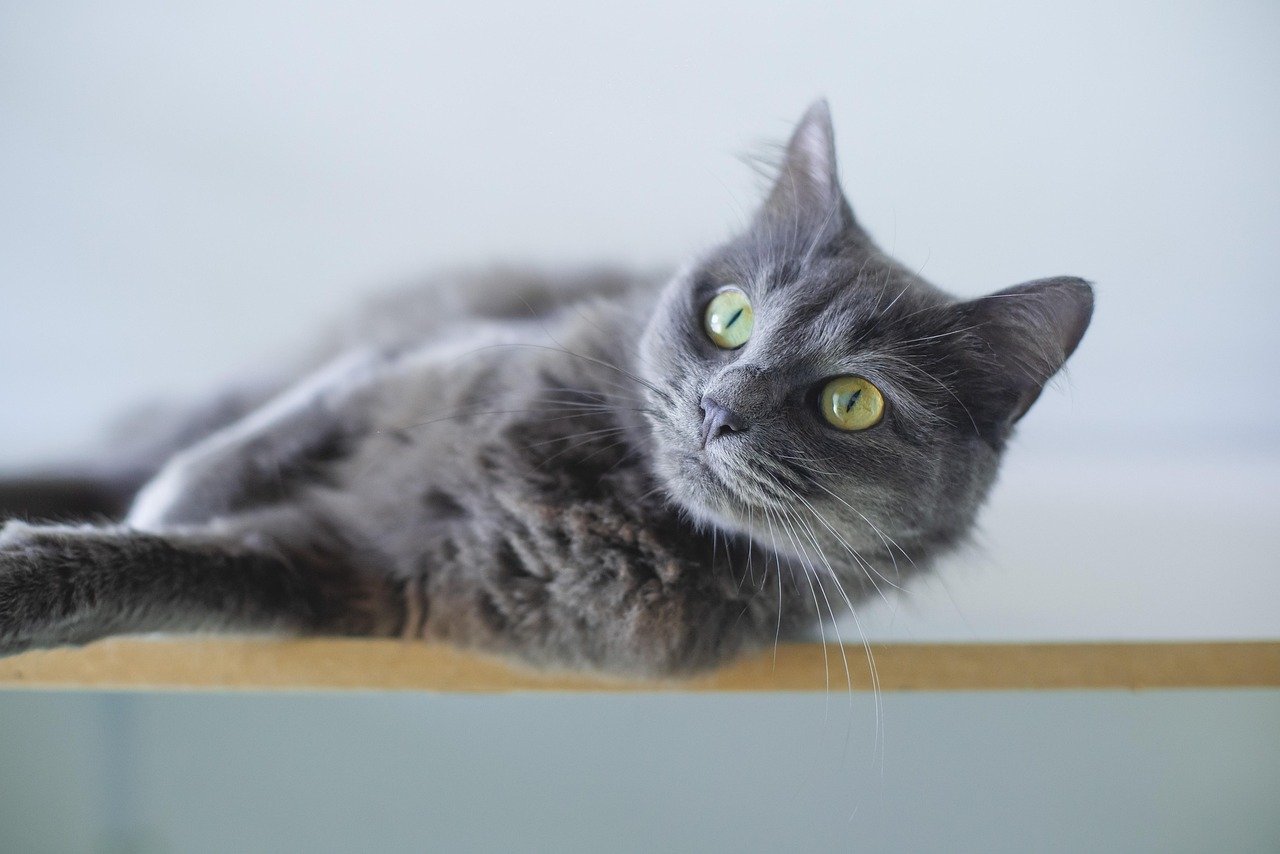
In some cases, professional intervention may be necessary to address attachment issues. A veterinarian or animal behaviorist can offer guidance and support for owners struggling to manage their cat’s behavior. Seeking help can lead to effective strategies for improving the cat’s emotional well-being and strengthening the owner-pet relationship.
Practical Steps to Enhance Your Cat’s Attachment

There are several practical steps owners can take to enhance their cat’s attachment. These include establishing a routine, providing mental and physical stimulation, and offering consistent affection and attention. By integrating these practices into daily life, owners can create a nurturing environment that supports a secure attachment.
The Emotional Benefits of a Strong Attachment
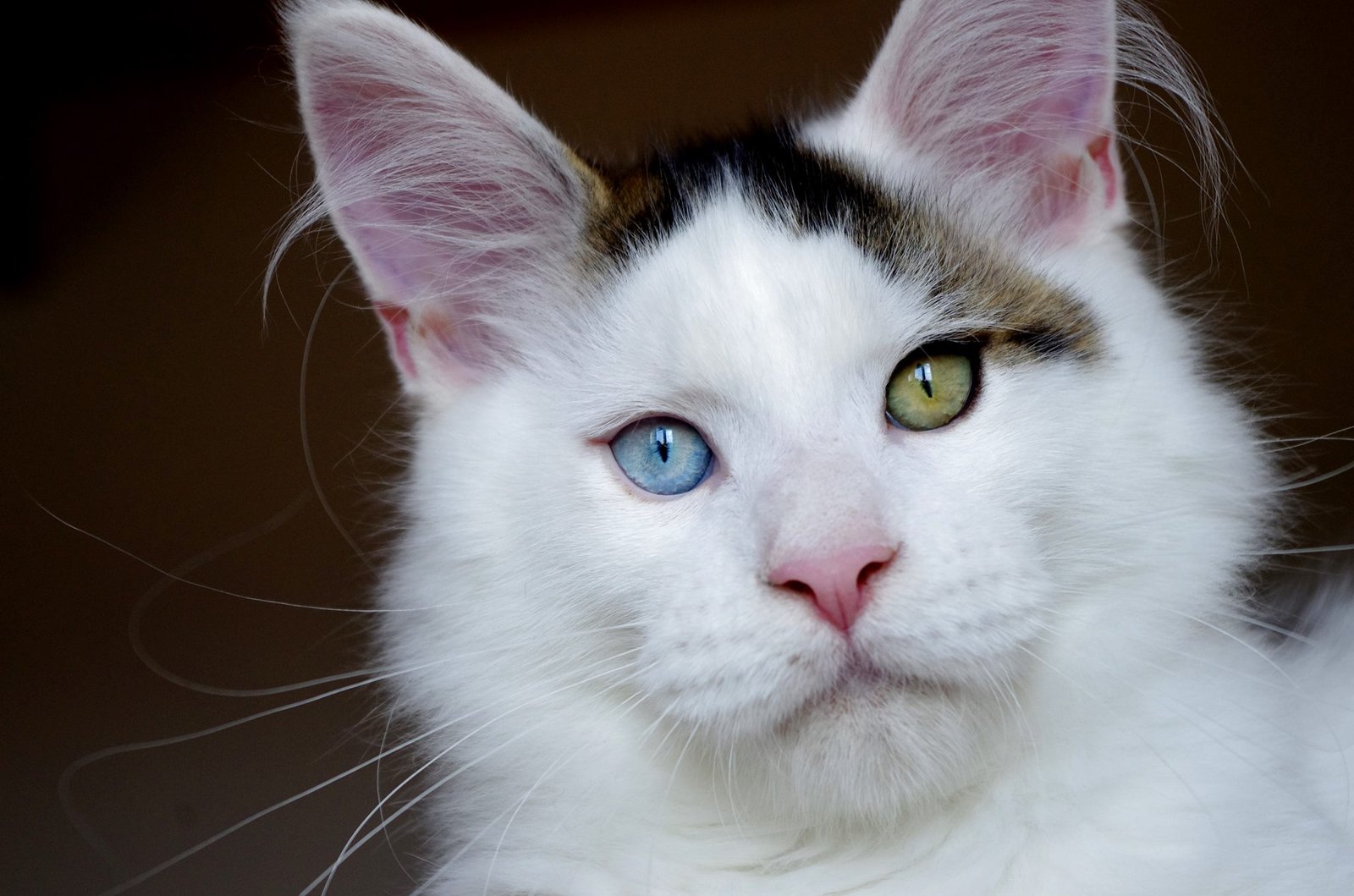
A strong attachment between cat and owner offers numerous emotional benefits. Owners often experience increased feelings of happiness and companionship, while cats enjoy a sense of security and love. This mutually beneficial relationship can enhance the quality of life for both parties, making the effort to build a secure attachment worthwhile.
Attachment Over Time: Changes and Adaptations

Attachment styles can change over time, often in response to life events or changes in the environment. For example, a move to a new home or the introduction of a new pet may affect a cat’s attachment style. Being aware of these changes allows owners to adapt their approach and continue fostering a positive relationship with their cat.
The Unique Bond Between Cats and Their Owners
The bond between cats and their owners is unique and deeply personal. Each relationship is shaped by individual personalities, experiences, and interactions. By understanding attachment styles, owners can gain insight into their cat’s behavior and emotions, leading to a more fulfilling and harmonious companionship.
Comparing Feline and Human Attachment Styles
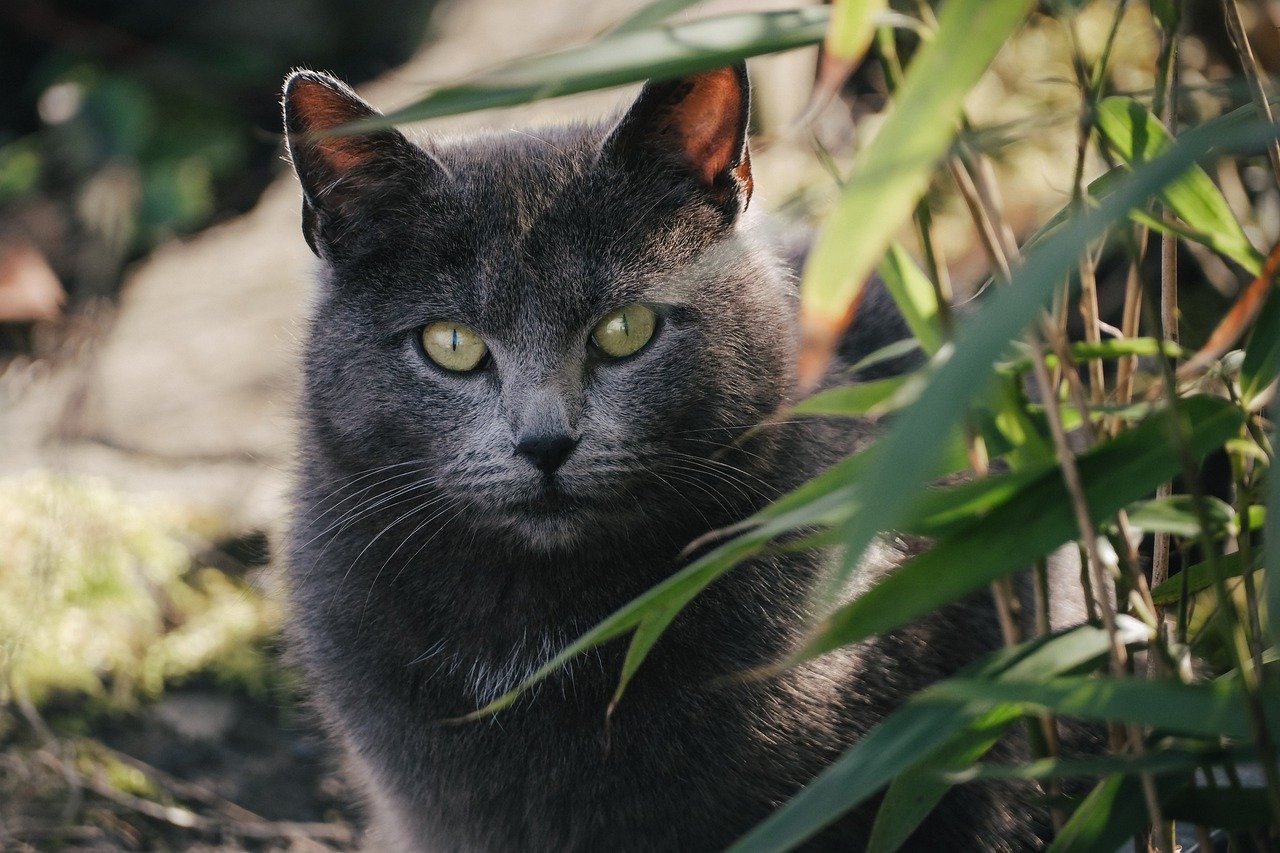
While there are similarities between feline and human attachment styles, there are also notable differences. Cats, for instance, may exhibit attachment behaviors in subtle ways that differ from human expressions of attachment. Appreciating these differences can deepen an owner’s understanding of their pet and enrich their relationship.
Embracing the Complexity of Feline Attachment
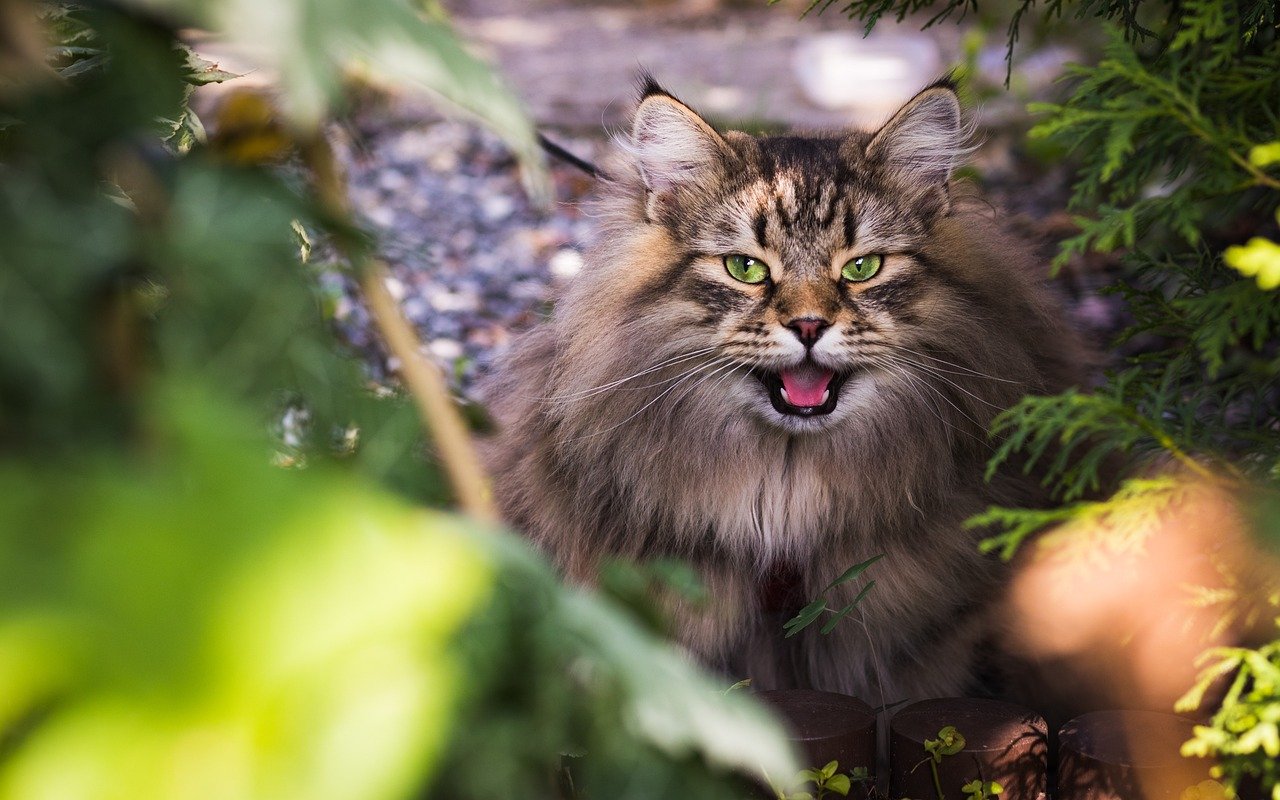
Feline attachment is a complex and multifaceted phenomenon that offers a glimpse into the emotional lives of cats. By embracing this complexity and striving to understand their cat’s unique needs and behaviors, owners can build a stronger and more rewarding relationship with their feline companions.
Conclusion
Understanding how cats form attachment styles provides valuable insights into the dynamics of the owner-pet relationship. By recognizing and responding to these attachment styles, owners can foster a secure and loving bond with their feline friends, leading to a happier and more harmonious coexistence.
Hi, I’m Bola, a passionate writer and creative strategist with a knack for crafting compelling content that educates, inspires, and connects. Over the years, I’ve honed my skills across various writing fields, including content creation, copywriting, online course development, and video scriptwriting.
When I’m not at my desk, you’ll find me exploring new ideas, reading books, or brainstorming creative ways to solve challenges. I believe that words have the power to transform, and I’m here to help you leverage that power for success.
Thanks for stopping by, Keep coming to this website to checkout new articles form me. You’d always love it!






